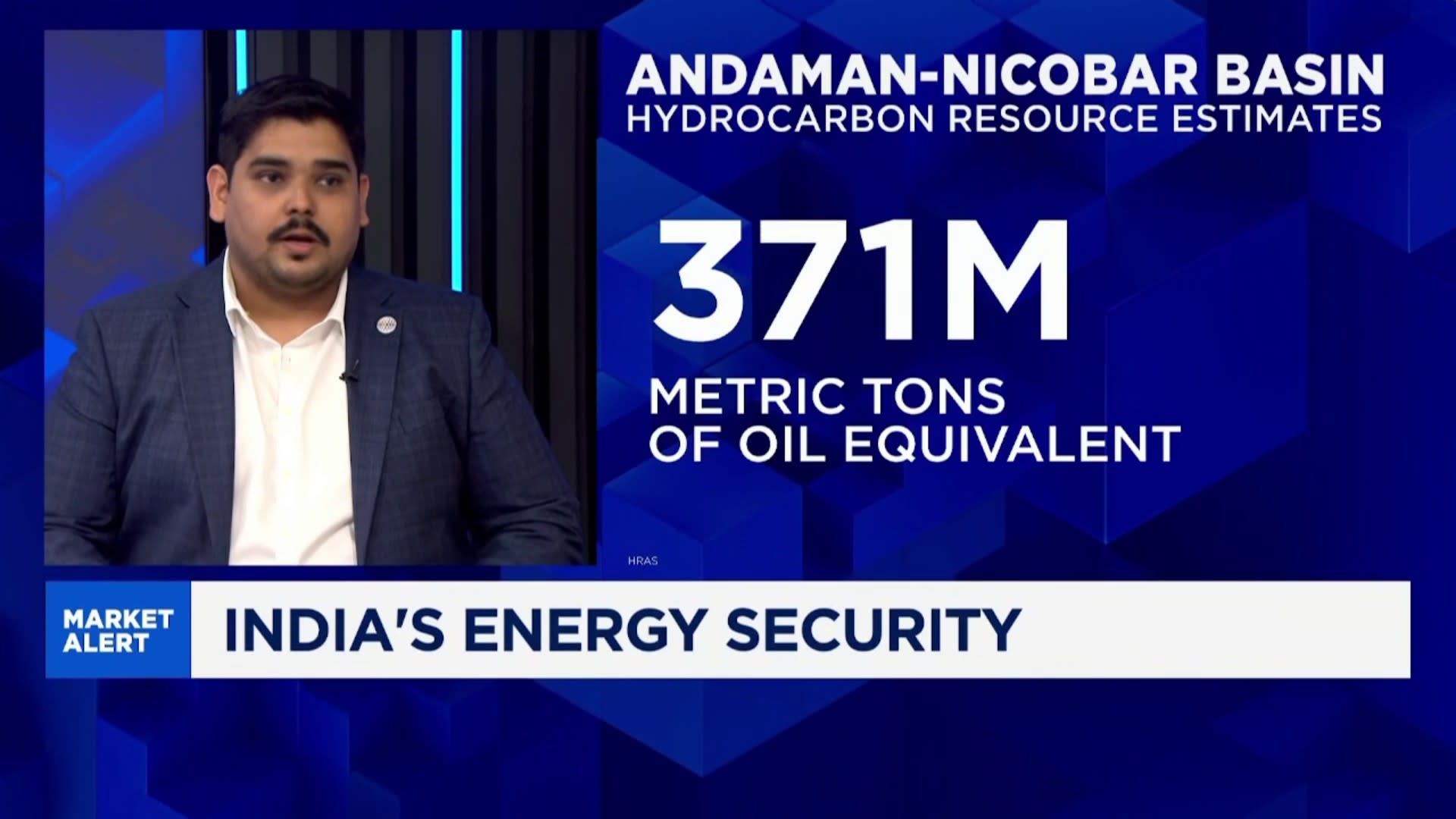India is poised to significantly bolster its energy security, with analysts projecting that oil extracted from the Andaman Basin could fulfill at least 50% of the nation’s energy requirements. This development highlights the importance of domestic resources in reducing reliance on foreign oil imports, which have been a persistent challenge for the Indian economy.
The Andaman Basin, located in the Bay of Bengal, has been identified as a promising area for oil exploration and production. Recent assessments indicate that the basin holds substantial reserves, potentially transforming India’s energy landscape. Analysts suggest that tapping into these resources could not only meet domestic needs but also support economic growth by creating jobs and fostering local industries.
Strategic Importance of Domestic Oil Production
The Indian government has been actively encouraging exploration in areas like the Andaman Basin as part of its broader strategy to enhance energy independence. With energy consumption in India expected to rise sharply due to population growth and industrialization, the ability to source oil domestically will be crucial.
According to a recent report from the Ministry of Petroleum and Natural Gas, India’s energy demand is projected to grow by 4.5% annually over the next decade. Satisfying this demand through local production could significantly alleviate the financial burden of importing crude oil, which currently accounts for a large portion of the country’s trade deficit.
Investment and Infrastructure Development
To facilitate the extraction of oil from the Andaman Basin, substantial investments in infrastructure will be necessary. This includes drilling technology, transportation systems, and processing facilities. The government is reportedly in discussions with several international oil companies to bring in expertise and capital to develop the basin’s potential.
In addition to economic benefits, increasing domestic oil production aligns with India’s commitment to sustainability. By focusing on local resources, the country aims to reduce its carbon footprint associated with transportation and importation of oil.
The anticipated impact of the Andaman Basin on India’s energy landscape cannot be overstated. As the nation moves forward with plans to harness these resources, the collaboration between public and private sectors will be essential. By prioritizing local oil production, India may not only enhance its energy security but also pave the way for a more sustainable and resilient economy.
As India continues to address its energy challenges, the developments in the Andaman Basin will be closely monitored by analysts and policymakers alike, representing a significant step toward achieving greater energy self-sufficiency.








































































